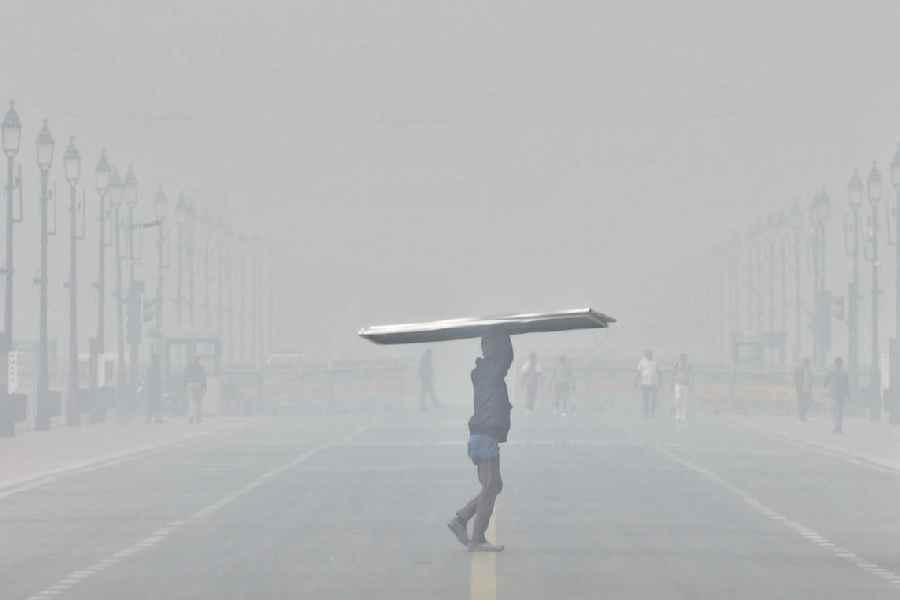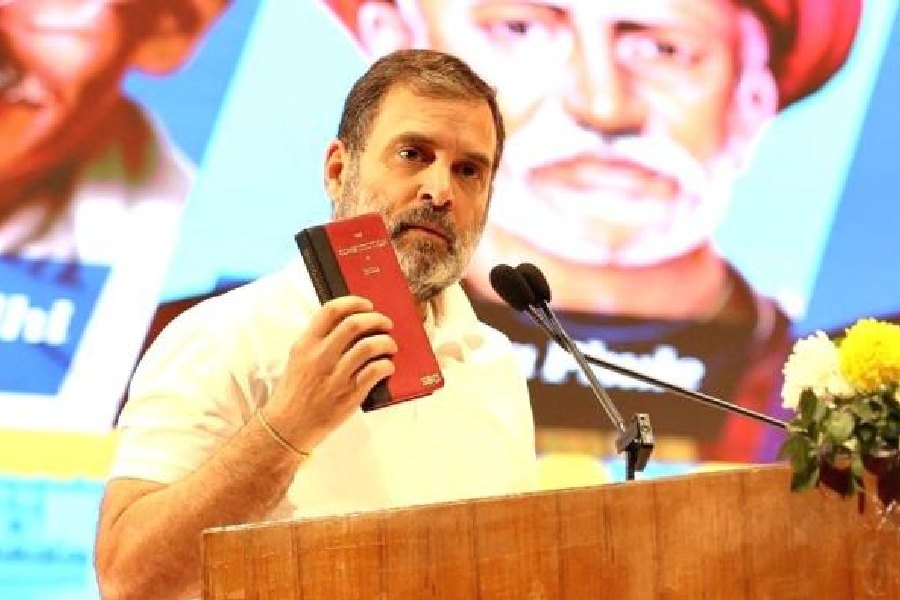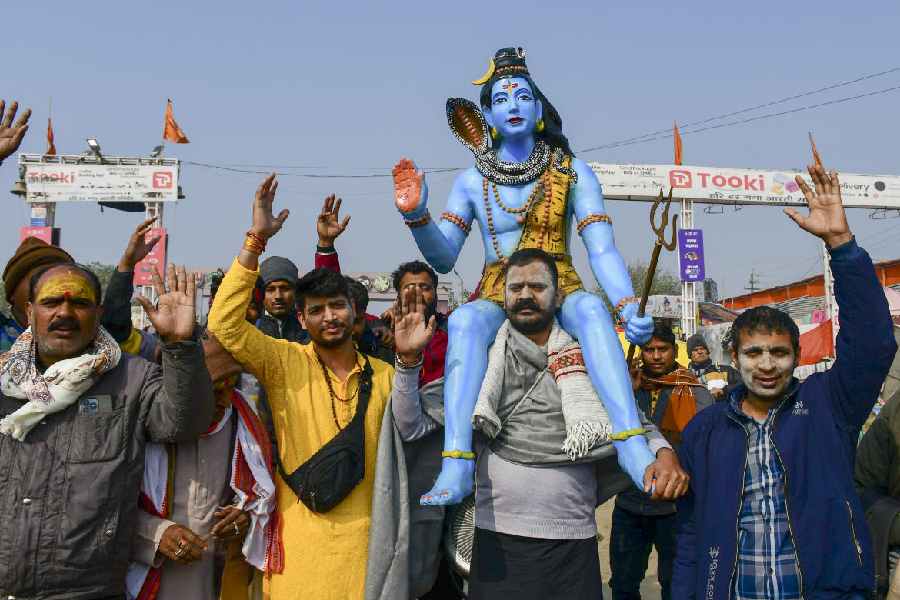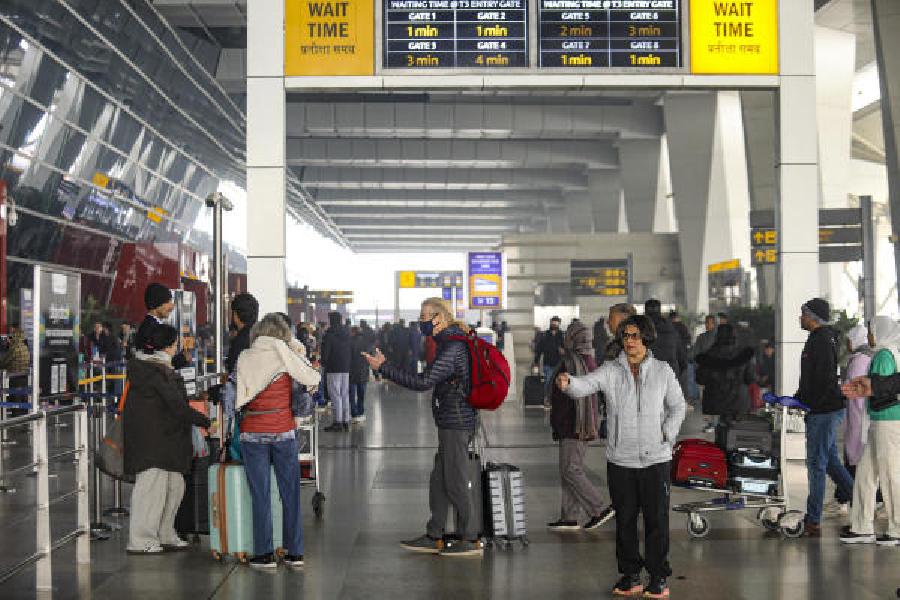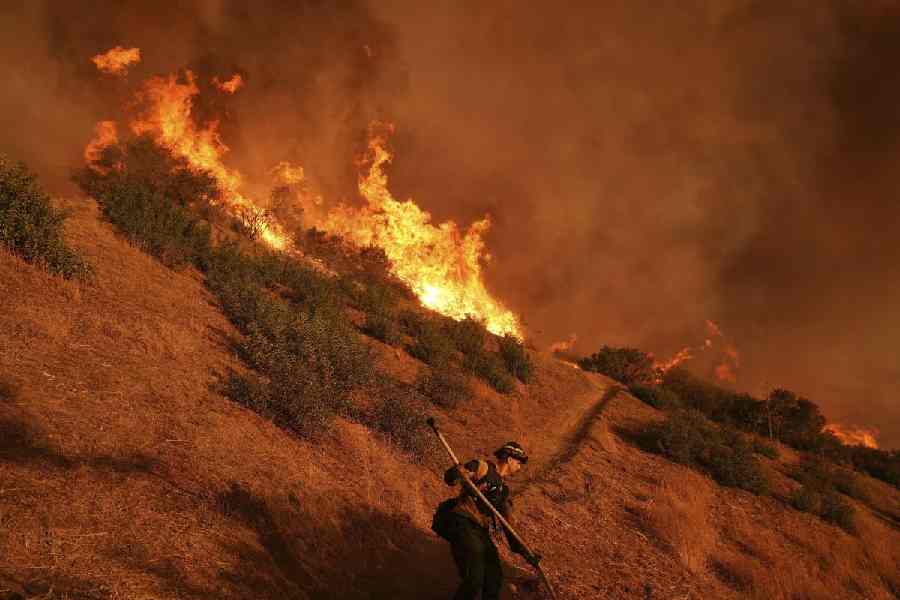New Delhi ought to ‘look east’ — at China — to win its battle against poor air. Beijing, which had once earned the tag of being the most polluted capital in the world, has not only been fighting but also winning its war against smog. In 2013, Beijing’s annual average concentration of particulate matter measuring 2.5 microns or less in diameter stood at 101.5 microgram per cubic metre. Ten years later, the figure dropped to 38.98 μgm/m3. This remarkable improvement was the result of a number of factors. The public outrage at air pollution was such that even China’s authoritarian State — the behemoth is known to be tone-deaf to public outcries — was forced to act. A ‘national war against pollution’ was declared, with China taking such measures as setting up a dense network of PM2.5 monitoring sensors, revolutionising public transport by prioritising mass transit and reviving traditional Chinese urban designs and walking centres, strictly controlling vehicular emission, reducing the reliance on fossil fuels, and setting up low emission zones, among other steps. The dip in the housing market helped rein in excess construction activities. Hearteningly, Delhi and Beijing share a number of similarities in terms of geography, meteorological conditions and growth trajectories that would permit the Indian authorities to explore similar deterrents. In fact, some of the steps that have been taken to mitigate pollution in the Delhi-National Capital Region bear a similar imprint. But there are crucial differences too. These pertain to differences in the scale and the efficiency of mitigatory undertakings. The receptivity of the political class towards the battle against pollution varies between the two countries as well. This, in turn, is because pollution is yet to be accorded top priority by Indians despite its devastating impact on public health and the national economy.
Air pollution is a transnational phenomenon. It kills 6.5 million people annually, with 70% of the mortalities being concentrated in the Asia-Pacific region. This calls for greater Asian cooperation — perhaps even the creation of a regional front — on this urgent matter. Such transborder solidarity has its advantages. It could serve as a window to inject confidence and reduce bilateral tensions in other areas, such as border issues. India, Pakistan and China can all gain from this. It could also help the Global South act in a coordinated manner to extract its fair share of funds and technologies from the parsimonious Global North at climate engagements.

